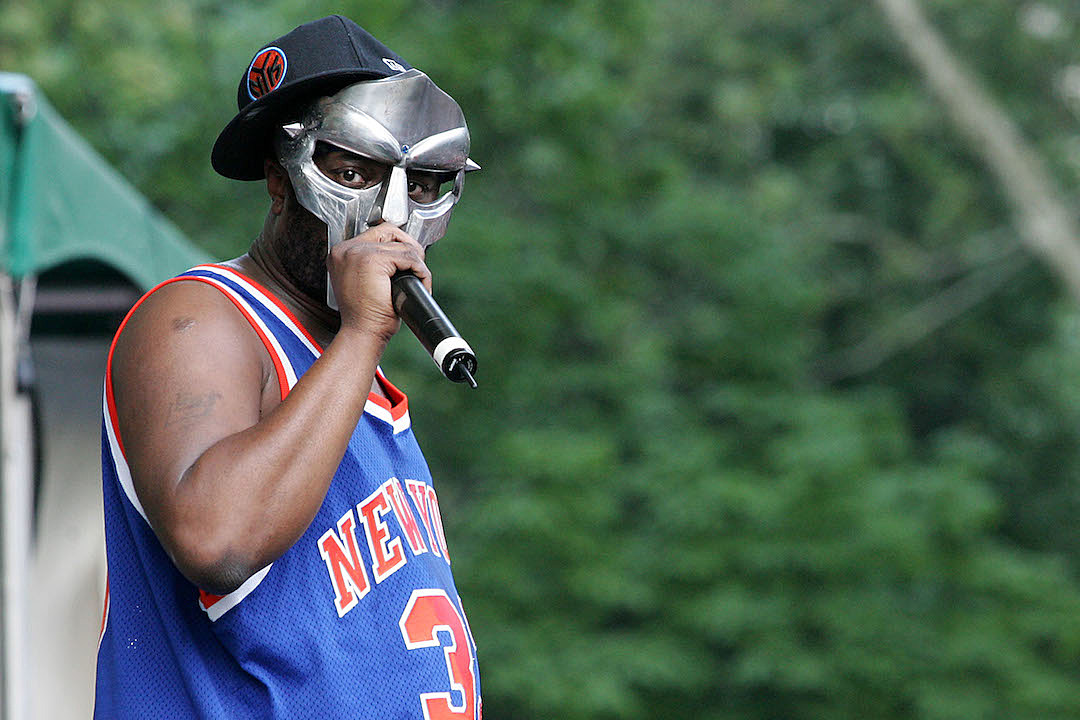

Optimists even dared to believe that each track would come from a different new album. Speculation abounded as to whether the new tracks amounted to a new album. So there was great rejoicing among the still-faithful fan base when Adult Swim announced in August that Doom would be partnering with the network to release a fresh Doom track every week for 15 weeks under the rubric of The Missing Notebook Rhymes. In the past seven years, there’ve been two collaborative albums (with fellow underground rappers Jneiro Jarel and Bishop Nehru, respectively) and little else. after an overseas tour and the sheer exhaustion to which even the most prolific creators are prone, there hasn’t been as much time or energy for new work. Between visa troubles that prevented him from returning to the U.S. The artist’s production has slowed considerably since 2009, though. Notoriety among an insular set of aficionados was more than enough, though of course when Coates, commissioned by The New Yorker, came calling on his fellow black nerd, he didn’t say no, and even allowed the journalist to peep at his rhyme books. A stubborn relic of an era less obsessed with money and more obsessed with lyrical brilliance, Doom was never going to cross over into the spotlight.

Obsessed with marginality and arcana, Doom’s fan base soon became a distinct branch of the geek- and indie-rap cultures that had spawned Doom’s music. Taken together, the output made him a legend on the underground circuit in an era when major-label rap was mired in a particularly leaden form of materialism. Vengeance, for the most part, took the form of rapping wittily and well, making frequent lyrical references to nerd-culture staples of the ’80s and ’90s, producing his own instrumentals, and above all, generating vast amounts of material: Years before Gucci Mane flooded his local market with mixtapes there was Doom, a new Atlanta resident, uncorking torrents worth of albums, loosies, mixtapes, instrumental mixtapes, collaborative tapes with other rappers and producers, and more. Like the A-list Marvel supervillain whose name he appropriated, Doom, though disfigured by catastrophic defeat, had survived and was prepared to avenge himself upon the world. Years of homelessness and exile followed before Dumile returned to rap, his face shielded in a metallic mask. To hear Ta-Nehisi Coates’s 2009 profile tell the origin story, it was 1993 when Dumile’s younger brother, Dingilizwe, was killed by a car as he tried to cross an expressway a week later, the release for Black Bastards, the sophomore album from KMD, the group the Dumile brothers were members of, was halted by its record company over concerns about the album cover’s caricature of a lynching. Born Daniel Dumile, Long Island–raised rapper created his comic-book alter ego in the wake of losses so harrowing as they verged on the cartoonish. All rights reserved.Photo: Kenneth Nguyen/PYMCA/UIG via Getty Imagesįrustration has always been essential to the MF Doom experience. After news broke of his death late last year, Yorke called Doom a “massive inspiration.”Ĭopyright © 2021, ABC Audio. Yorke is a big fan of Doom, and collaborated with him multiple times throughout his life. While the released piece was simply titled the “Thom Yorke Remix” when it dropped, Yorke himself personally referred to it as the “Monkey Hustle Remix.” Both the “Monkey Hustle” and “Man on Fire” titles reference lyrics from the original song. In fact, both remixes were recorded around the same time 12 years ago, though the “Man on Fire Remix” has never been released until now. Yorke has actually remixed “Gazzillion Ear” once before, as a bonus track for Doom’s 2009 album Born Like This.
NEW MF DOOM SONG DOWNLOAD
You can download it now via digital outlets.

The updated recording, dubbed the “Man of Fire Remix,” surrounds the beloved masked MC’s lyrics with electronic elements that wouldn’t sound out of place on Kid A. Radiohead‘s Thom Yorke has released a new remix of “Gazzillion Ear,” originally recorded by the late rapper MF Doom.


 0 kommentar(er)
0 kommentar(er)
